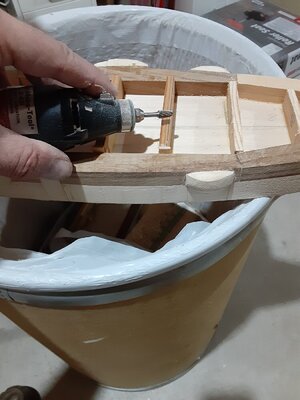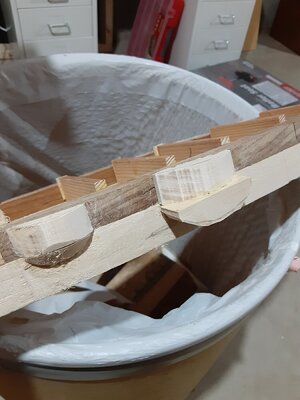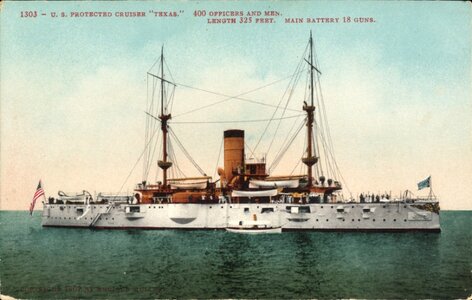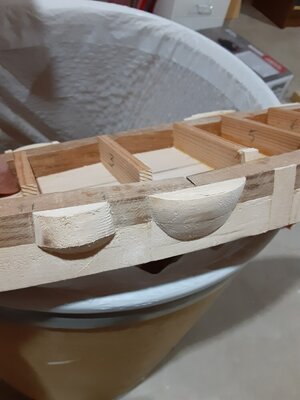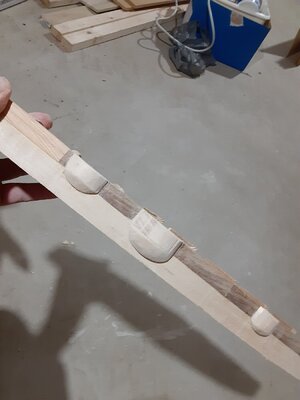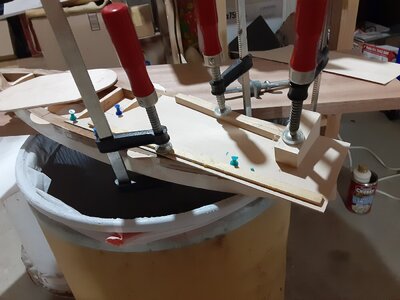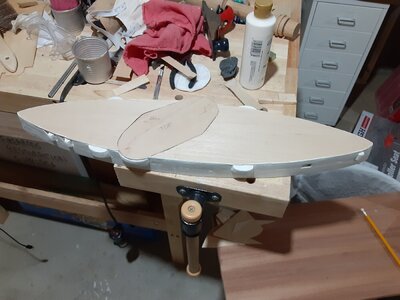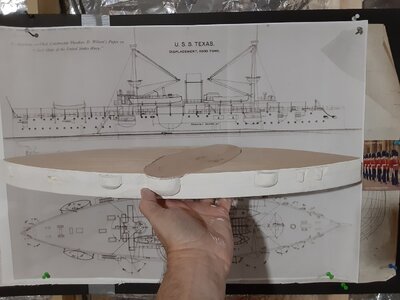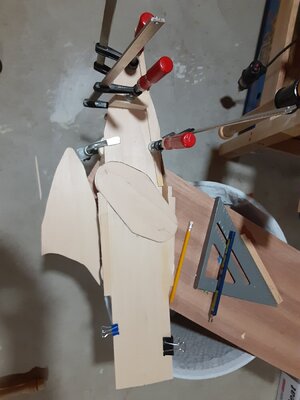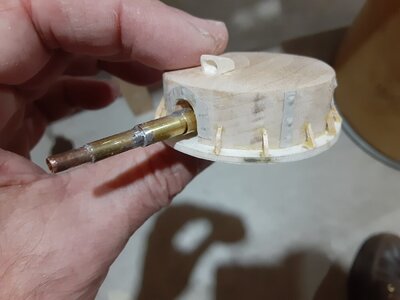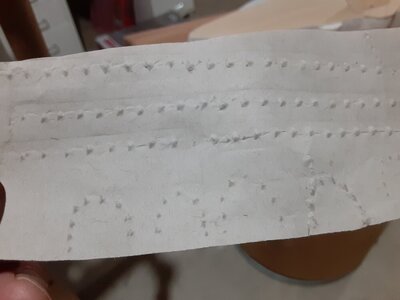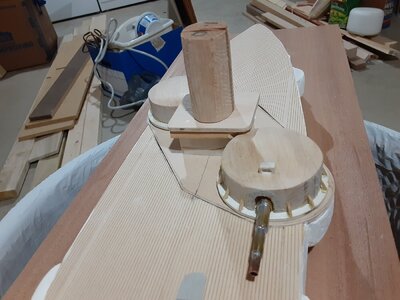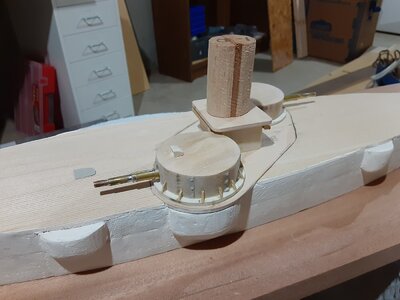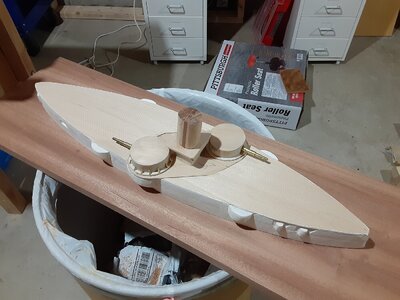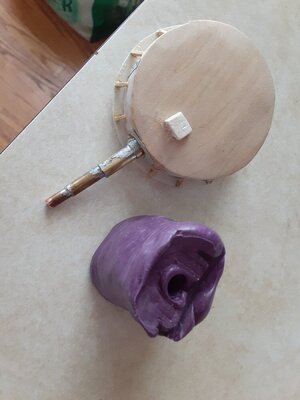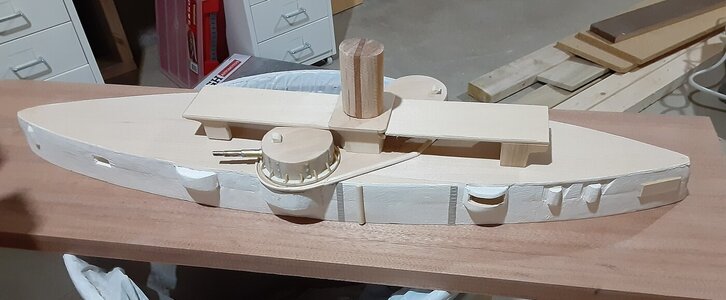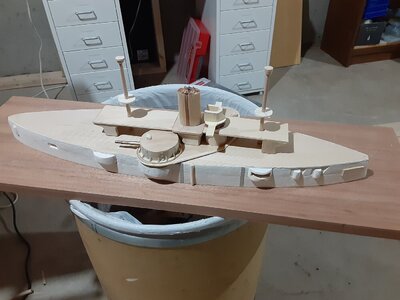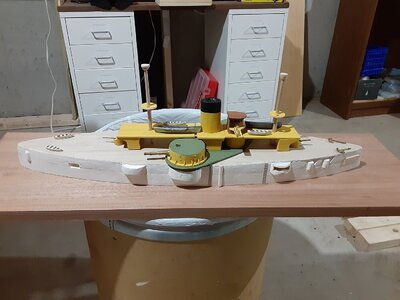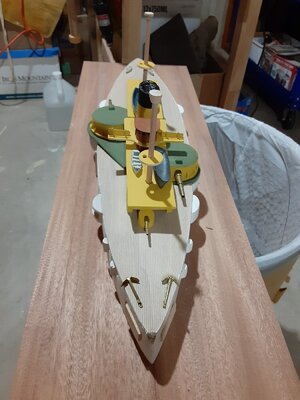- Joined
- May 10, 2021
- Messages
- 205
- Points
- 113

I just began what I call my "relaxer model" after a very intense build completion of my Potemkin. This ship (USS Texas) has a pretty simple layout, although I am finding it has many more bumps (sponsons) than I expected. These are tedious to construct. However, once I get the hull down, it is a simpler deck layout (I think) than most predreadnoughts.
This relaxer model will prep me for my next more ambitious ship, a "floating hotel" French predreadnought. The uglier and more steampunk the better, but an extremely complicated model to get right. A challenge!
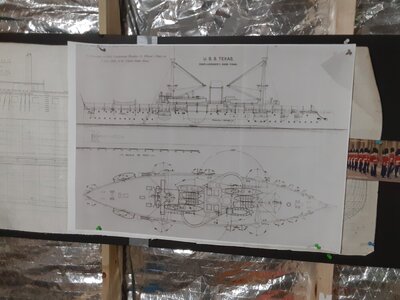
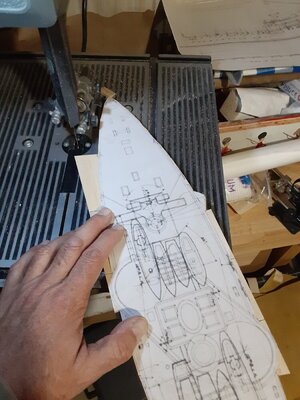
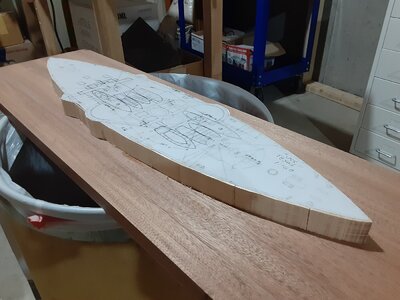
Stay tuned for more on the Texas...
This relaxer model will prep me for my next more ambitious ship, a "floating hotel" French predreadnought. The uglier and more steampunk the better, but an extremely complicated model to get right. A challenge!



Stay tuned for more on the Texas...



